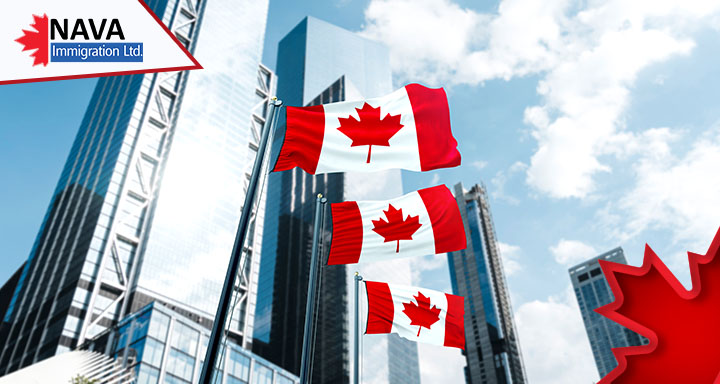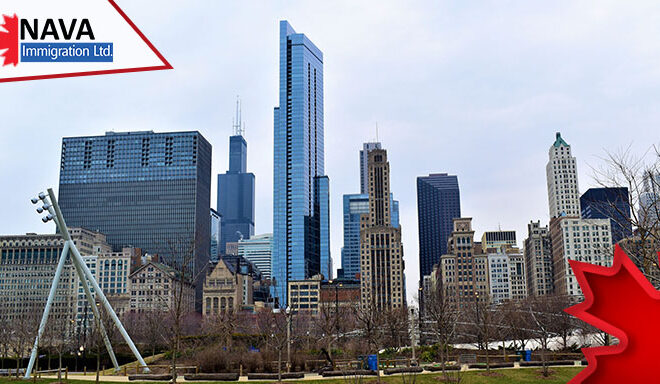Mr. Marc Miller is Canada’s New Immigration Minister Now: PM Confirms
Yesterday, Mr. Justin Trudeau, the Prime Minister of Canada, declared significant changes to his Cabinet at 10:30 AM Eastern Time and appointed Marc Miller as the new immigration minister of the country.
Mr. Marc Miller: Canada’s New Immigration Minister
Marc Miller is Canada’s New Immigration Minister now. He is a Member of Parliament from Quebec. Miller most recently worked as the Minister of Crown-Indigenous Relations. This was a position designed to promote the self-determination of Indigenous peoples of Canada.
Mr. Sean Fraser, the most recent immigration minister of Canada, has now been appointed as Minister of Housing, Infrastructure, and Communities.
Marc Miller was elected to the Parliament of Canada for the first time in 2015. Before starting his political career, he was a practicing lawyer in Canada. In addition, he has also served in the Canadian Armed Forces.
Miller was born in Montreal and grew up there. He holds two degrees—one in Political Science from the Université de Montréal and the other from McGill University in Law.
Why the changes to the Cabinet?
The prime minister of Canada appoints a group of ministers which is known as the cabinet. They are in charge of pursuing and communicating the policy priorities of the Federal Government.
Canadian Prime minister typically reshuffles their cabinet every two years or so. There are many reasons for executing a shuffle, such as replacing underperforming ministers, promoting well-performing ministers as per the prime minister’s views, and allowing the government to refresh its policies and public communications.
The last significant shuffle was held in October 2021, after the federal elections of the same year. Mr. Sean Fraser was selected as Canada’s immigration minister and the head of the Immigration, Refugees and Citizenship Canada (IRCC) department as a part of this shuffle.
Prime Minister Trudeau and Canada’s immigration trends
Since November 2015, Mr. Justin Trudeau has been serving as the Prime Minister of Canada. During this time, Canada has followed high immigration levels. Before the tenure of Justin Trudeau, Canada admitted about 250,000 new Permanent residents to the country yearly.
When Trudeau gained the command, the immigration target reached 300,000 new PR each year, which, right before the Covid-19 pandemic, further increased to 340,000 each year.
During the pandemic period, Canada’s immigration target continued to increase and reached more than 400,000 new PR every year. In its Immigration Level Plan 2023-2025, Canada is striving to welcome 500,000 new Permanent residents each year by the end of 2025.
Canada’s aging population and low birth rates have increased the need for much higher immigration targets.
In Canada, immigration is viewed as a valuable measure by the federal government to strengthen the economy of the country and fiscal standing. This is because around 9 million baby boomers in Canada will reach the retirement age (65 years) within the next ten years.
The increase in Canada’s immigration levels occurs at the same time when the country is experiencing historically low unemployment rates as well as historically high job vacancy rates.
Following the shuffling of the cabinet, the prime minister, Mr. Trudeau, may opt to provide new mandate letters to the cabinet, defining what each minister is expected to work on during their tenure.
Prime Minister Mr.Trudeau offered a list of immigration policies to Minister Fraser in December 2021 to prioritize, which includes different measures. These include increasing immigration levels, enhancing the application processing for newcomers, improving the Express Entry program, supporting family reunification, and encouraging French-speaking immigration to the country.
After that, Mr. Fraser worked on various measures mentioned above. The following are examples. Canada has started to hold new category-based draws for Express Entry over the past month to boost francophone immigration and to achieve other economic goals.
Also, at the end of May this year, Mr. Fraser announced various measures concerning family reunification, aiming to keep families together in Canada.





